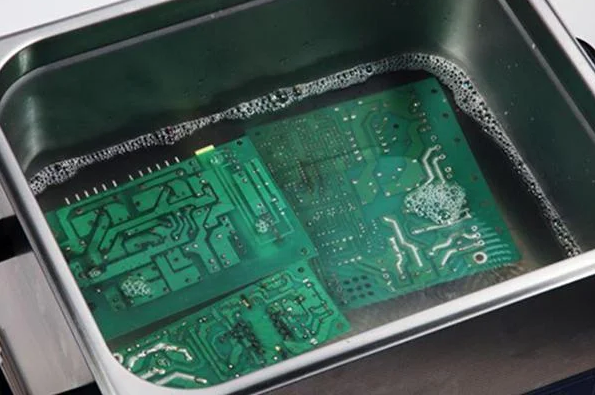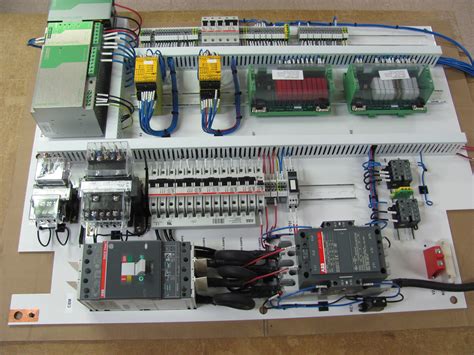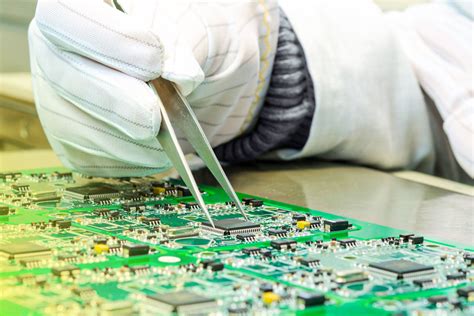Ultrasonic PCB Trace Power Design: Principles and Applications
Abstract
This paper explores the emerging field of ultrasonic PCB trace power design, a novel approach to power delivery in modern electronic systems. We examine the fundamental principles, design considerations, implementation challenges, and potential applications of this technology. By leveraging high-frequency ultrasonic signals through specially designed PCB traces, this method offers unique advantages for certain applications compared to conventional power delivery networks.
1. Introduction
As electronic systems continue to demand higher power densities and more efficient energy delivery, engineers are exploring alternative power distribution methods beyond traditional DC power delivery networks. Ultrasonic PCB trace power design represents an innovative approach that utilizes the piezoelectric effect and high-frequency alternating currents to transmit power through printed circuit board traces.
This technology differs fundamentally from conventional power delivery in several aspects:
- It operates at ultrasonic frequencies (typically 20 kHz to 10 MHz)
- It relies on AC rather than DC power transmission
- It often incorporates piezoelectric materials in the PCB stackup
- It enables unique power routing capabilities

2. Fundamental Principles
2.1 Piezoelectric Effect in PCB Materials
The foundation of ultrasonic power transmission lies in the piezoelectric effect, where certain materials generate an electrical charge in response to applied mechanical stress. While standard FR-4 PCB material is not piezoelectric, specialized laminate materials or coatings can impart this property to PCB traces.
Common approaches include:
- Piezoelectric polymer coatings (e.g., PVDF)
- Composite materials with piezoelectric particles
- Discrete piezoelectric transducers bonded to the PCB
2.2 Ultrasonic Wave Propagation
At ultrasonic frequencies, electrical signals can be converted to mechanical vibrations that propagate along PCB traces. These vibrations can then be converted back to electrical energy at the receiving end. The efficiency of this conversion depends on:
- Trace geometry and dimensions
- Operating frequency
- Material properties
- Impedance matching
- Environmental factors (temperature, pressure)
2.3 Power Delivery Mechanism
The complete power delivery system consists of:
- Transmitter: Converts electrical energy to ultrasonic vibrations
- Transmission medium: PCB trace carrying ultrasonic waves
- Receiver: Converts ultrasonic vibrations back to electrical energy
3. Design Considerations
3.1 Trace Geometry Optimization
The design of PCB traces for ultrasonic power transmission requires careful consideration of several parameters:
- Width-to-thickness ratio: Affects mechanical resonance characteristics
- Length: Determines the standing wave patterns
- Tapering: Can be used to match impedances
- Curvature: Impacts wave propagation efficiency
3.2 Frequency Selection
Choosing the appropriate operating frequency involves trade-offs between:
- Higher frequencies: Allow for smaller components but suffer from greater attenuation
- Lower frequencies: Provide better penetration but require larger components
Common frequency ranges:
- 20-100 kHz for high-power applications
- 100 kHz-1 MHz for medium power
- 1-10 MHz for low-power, high-density applications
3.3 Material Selection
Key material properties to consider:
- Piezoelectric coefficients (d₃₃, d₃₁)
- Mechanical quality factor (Q)
- Dielectric constant
- Loss tangent
- Temperature stability
3.4 Impedance Matching
Proper impedance matching is crucial for maximizing power transfer efficiency. This involves:
- Matching electrical impedances at the transducers
- Matching acoustic impedances along the transmission path
- Using matching networks when necessary

4. Implementation Challenges
4.1 Power Conversion Efficiency
Current limitations in ultrasonic power transmission include:
- Typical end-to-end efficiencies of 60-80%
- Loss mechanisms (acoustic, electrical, mechanical)
- Conversion losses at both ends
4.2 Thermal Management
Ultrasonic power transmission generates heat through:
- Dielectric losses in piezoelectric materials
- Mechanical hysteresis
- Acoustic attenuation
4.3 Signal Integrity
Maintaining clean power delivery requires addressing:
- Crosstalk between adjacent ultrasonic traces
- Reflections from impedance discontinuities
- Mode conversion at geometric transitions
4.4 Manufacturing Tolerances
Precision requirements for:
- Layer-to-layer registration
- Material thickness consistency
- Surface roughness control
5. Applications
5.1 Isolated Power Delivery
Ultrasonic power transmission excels in applications requiring:
- Galvanic isolation
- High-voltage separation
- Noise-sensitive environments
5.2 Harsh Environments
Suitable for:
- High-temperature operation
- Vacuum conditions
- High-radiation environments
5.3 Medical Electronics
Particularly useful for:
- Implantable devices
- Diagnostic equipment
- Wearable sensors
5.4 Aerospace and Automotive
Benefits include:
- Reduced electromagnetic interference
- Weight savings
- Reliability in vibrating environments

6. Case Study: Ultrasonic Power Bus Implementation
A recent implementation for a medical imaging system demonstrated:
- 75W power transmission at 1.2 MHz
- 78% end-to-end efficiency
- 5kV isolation capability
- 0.5mm trace spacing
Key design features included:
- Tapered trace geometry
- Multi-layer piezoelectric composite
- Integrated cooling channels
- Adaptive frequency tuning
7. Future Developments
Emerging research directions include:
- Metamaterial-enhanced transmission lines
- Self-tuning adaptive systems
- Integrated energy harvesting
- 3D-printed piezoelectric structures
8. Conclusion
Ultrasonic PCB trace power design offers a promising alternative to conventional power delivery methods for specific applications. While challenges remain in efficiency, thermal management, and manufacturing, ongoing advancements in materials and design techniques continue to expand its potential. As electronic systems push the boundaries of power density and isolation requirements, ultrasonic power transmission through PCB traces may become an increasingly important tool in the engineer’s toolkit.
Further research is needed to:
- Improve conversion efficiencies
- Develop standardized design methodologies
- Expand the range of suitable materials
- Integrate with conventional power delivery systems
References
[Include relevant academic papers, patents, and technical reports here]
Appendix: Design Equations
Key equations for ultrasonic PCB trace design:
- Resonance frequency:
f₀ = (1/2L)√(Y/ρ) - Electrical-acoustic conversion efficiency:
η = k²/(1 + (ωC₀Z)²) - Acoustic impedance:
Z = √(ρY)
Where:
L = trace length
Y = Young’s modulus
ρ = material density
k = electromechanical coupling coefficient
ω = angular frequency
C₀ = clamped capacitance
Z = load impedance






